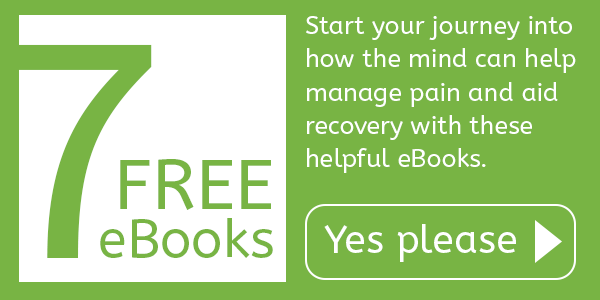We all need reading glasses, eventually, don’t we? Well, maybe not. At least one author says eye exercises can prevent you from needing reading glasses altogether.
It’s worth knowing why we need reading glasses in the first place.
As we age, our ability to focus on something up close is slowly impaired, creating the need for reading glasses. It usually starts in your 40s and gets progressively worse as you age. The condition is called presbyopia. The eye’s lens — a clear structure made of protein and water — becomes stiff with age, making it harder to focus. When we’re younger, the lens becomes more rounded when it needs to focus on something close up and becomes flatter when it needs to see things far away. When we’re young, the lens changes shape — or accommodates — easily, but as we get older, the lens gets stiffer, hence the need for reading glasses to artificially help us focus on things up close.
Author Gillian Snoxall says this process doesn’t necessarily have to be such a downhill slope. She tried using reading glasses 30 years ago when she was in her 40s, but she didn’t like using them and began doing research to find out if there were exercises she could do to improve her vision. Her book “Better Eyesight for Busy People” contains 12 eye exercises based on the Bates Method, developed by U.S. ophthalmologist William Horatio Bates in the late 19th century. Today, at the age of 78, Snoxall attributes never needing reading glasses to this eye exercise regimen.
Relaxing and exercising your eyes at the same time
Bates’ exercises are centered on restoring sight through relaxation and aim to “effectively re-establish the normal, natural interaction between eye and mind” that is broken down by the strains put on our eyes and brain. The five exercises that comprise the Bates Method are:
- Palming. This exercise involves sitting in a comfortable position, resting your elbows on a flat surface and covering your eyes with your hands, palms cupped over them. The goal is to allow as little light in as possible as you close and open your eyes.
- Sunning. Sitting with your eyes closed and facing an unshaded 60 to 100 watt bulb, slowly turn your face from side to side for three minutes. Palming after sunning is recommended.
- The Swings. There are five variations on the swings, but the principle behind each of them is to allow your eyes to perceive movements naturally and easily.
- The Sway. This exercise involves gently shifting from foot to foot, side to side, while looking out a window at a distant point.
- Color Days. Spend your day actively seeking out and taking in a single color.
These exercises don’t have a set regimen to follow, though the website does make recommendations. Snoxall’s book presents simplified descriptions of the Bates Method exercises and prescribes how often you should perform them. “Exercise is good for every other part of the body; why shouldn’t it be good for the eyes?” she told the Daily Mail.
The 38-page book includes illustrations to help readers maximize the alleged benefits of the exercises…






